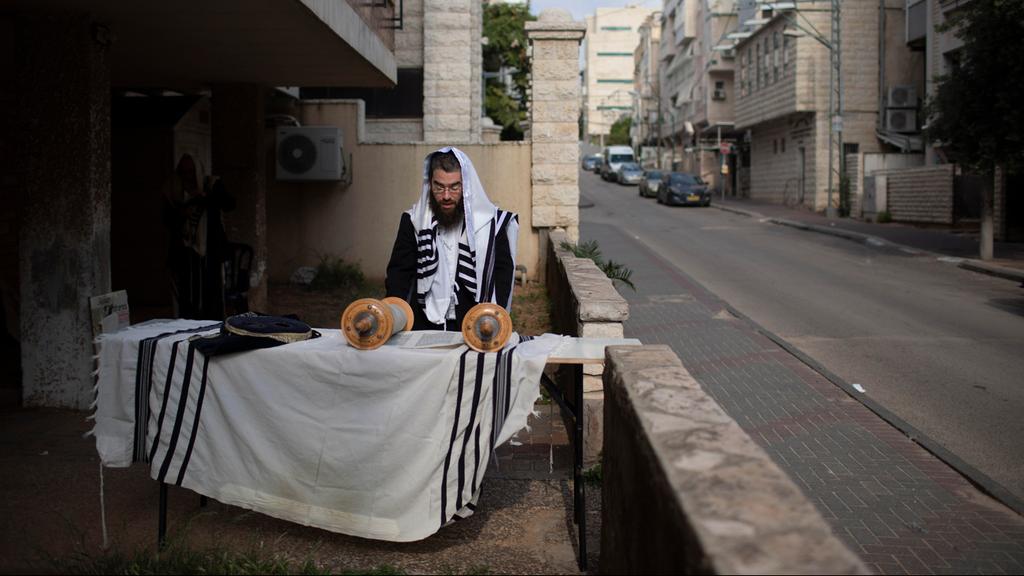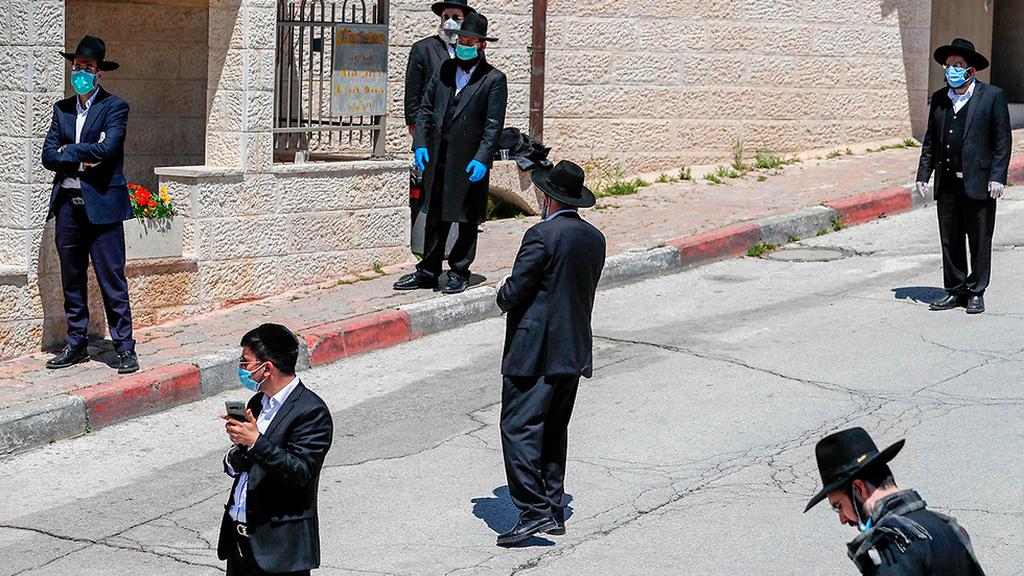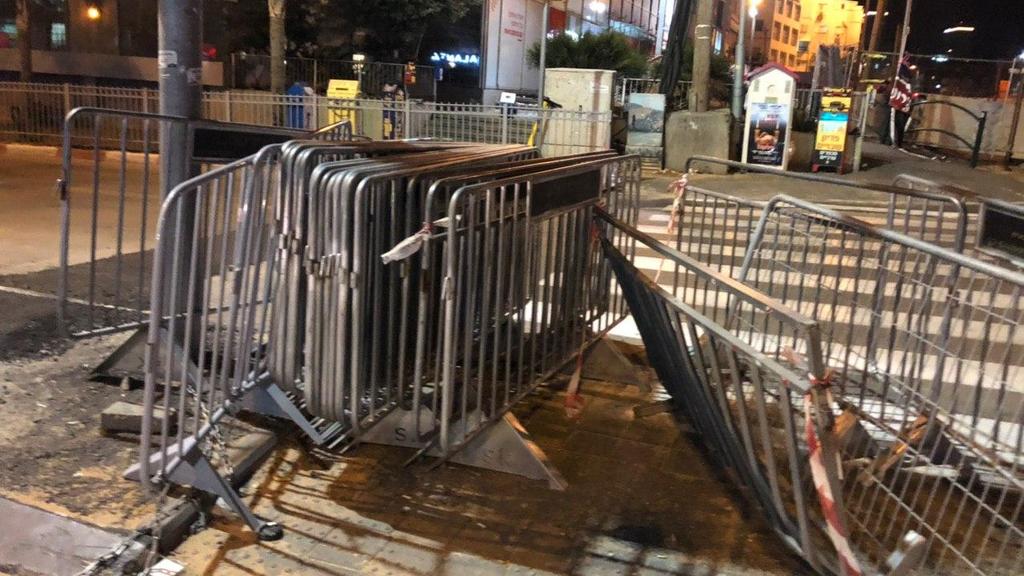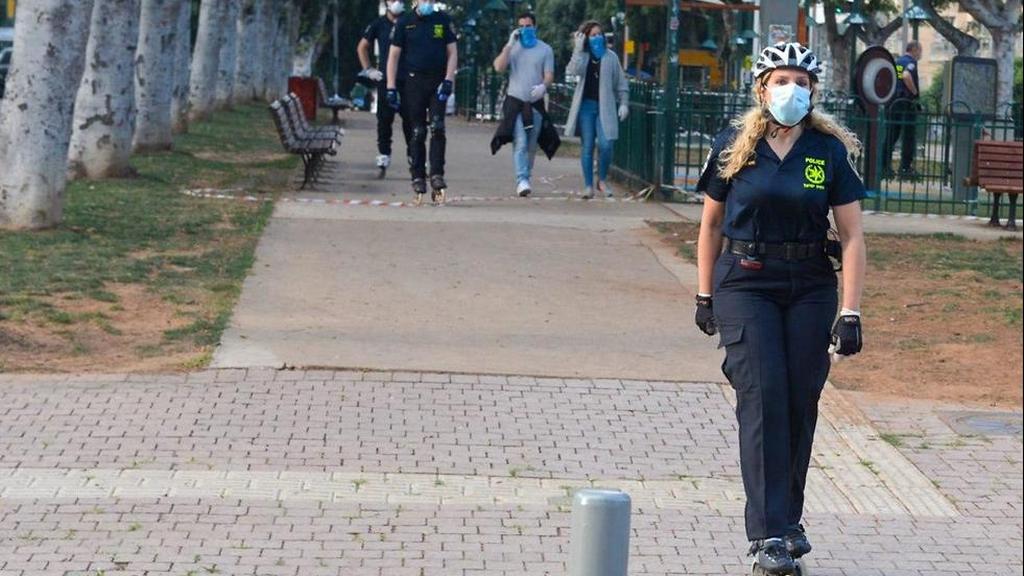Israel on Thursday said the city of Bnei Brak and some areas of Jerusalem will remain a virtual lockdown until next week.
The Haredi city and the religious neighborhoods of the capital have been put on lockdown due to a high rate of coronavirus spread in the communities. Jerusalem has the highest number of COVID-19 cases in the country with 2,474 infections, followed closely by Bnei Brak with 2,160.
According to the data released by the Health Ministry earlier, one in every 91 Bnei Brak residents has been diagnosed with the pathogen, compared to the neighboring Tel Aviv where only one in every 932 people has the virus. Out of 417 tests conducted in Bnei Brak in the last two days, 97 (23.2%) were found to be positive.
The Knesset committee in charge of combating the health crisis voted for the areas to remain “restricted” until Monday, April 20 in Bnei Brak and until Sunday, April 19 in Jerusalem. In Jerusalem, more neighborhoods will be added to the list of “restricted areas.”
The lockdown, however, will be eased with people being able to enter or exit the areas via private vehicles. Since the start of the closure in the areas, all entrances and exits to the Bnei Brak and to the “restricted” neighborhoods in the capital had been closed.
In addition, the lockdown in Bnei Brak’s industrial zone, which recorded a low number of pathogen cases so far, will be lifted.
The latest data shows that there has been a moderate increase of 4.7% in the number of infected in Bnei Brak over the past 48 hours, after another 93 people have been diagnosed with the virus.
5 View gallery
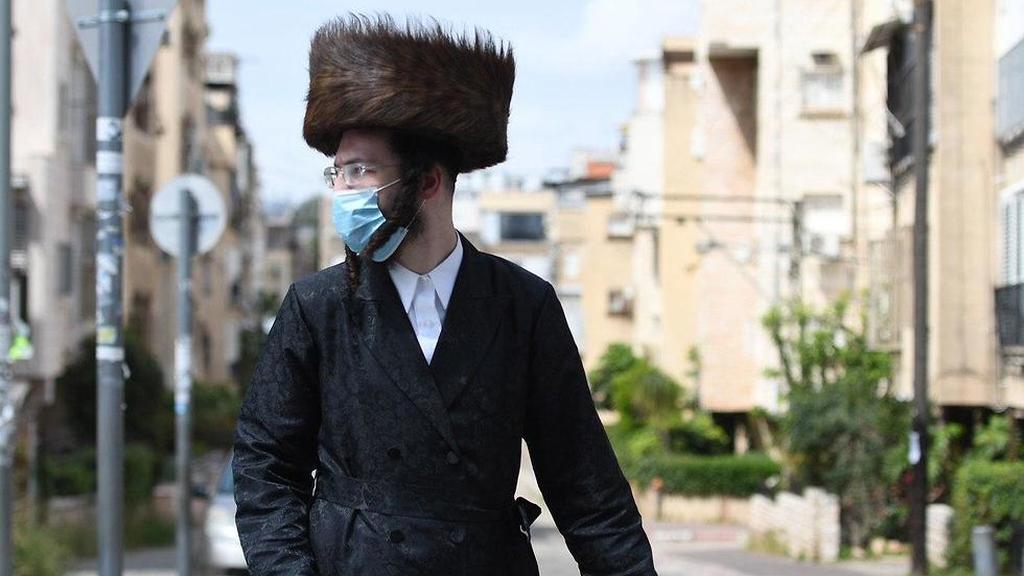

Ultra-Orthodox man in Bnei Brak wears a protective surgical mask amid the coronavirus outbreak
(Photo: Nadav Abas)
In Jerusalem, another 160 cases have been confirmed in the last few days, a 7% increase in the past 24 hours. Health officials showed cautious optimism as only less than 10% of some 1,900 tests that were conducted in the city in the last 48 hours were positive.
In the meantime, police have maintained a high presence in the city in an effort to enforce social distancing. They dispersed an unauthorized gathering on the city's Malachi Street in the morning hours and handed a NIS 5,000 fine to two individuals for organizing the meeting, and a NIS 500 fine to two other people for being in a public space in violation of the Health Ministry's directives.
The police activity was accompanied by calls of encouragement and support from tenants of nearby buildings who denounced the offenders' lack of responsibility.
Police also dispersed illegal gatherings at two Bnei Brak synagogues, where dozens of worshippers had gathered for mass prayers in breach of Health Ministry emergency directives. Offenders were dispersed and handed penalties by police.
Meanwhile, 46 new cases of coronavirus were diagnosed Beit Shemesh, which has a large ultra-Orthodox community, bringing the town's sick tally to 272, about a 20% leap in the number of patients. The Health Ministry data shows that 153 tests were performed in the city in the last 48 hours, meaning 30% of all test results returned positive.
On the other hand, some cities have registered exceptionally low contagion rates.
In Tel Aviv, there has been a 3.2% increase in the number of confirmed cases in the last two days and the number of people infected in the city has reached 483. Over the past two days, out of nearly 500 tests conducted to the city's residents, 15 have been found to be positive.
The rate of patients recovering from the virus in the city is particularly high and more than 37% of residents diagnosed with the virus have recovered.
The city's patients were among the first to contract the virus due to Tel Aviv's status as Israel's financial and cultural center and its proximity to the country's main airport – Ben Gurion Airport.
Netanya and Herzliya have both recorded a 2% increase in the number of diagnosed patients.
Three new patients were diagnosed in Haifa, bringing the total number of patients in the northern city to 142.
In Holon, where a 15% surge in the number of confirmed cases was recorded two weeks ago - the infection rate has also been on the decline and reached 3.8% in the past two days.


